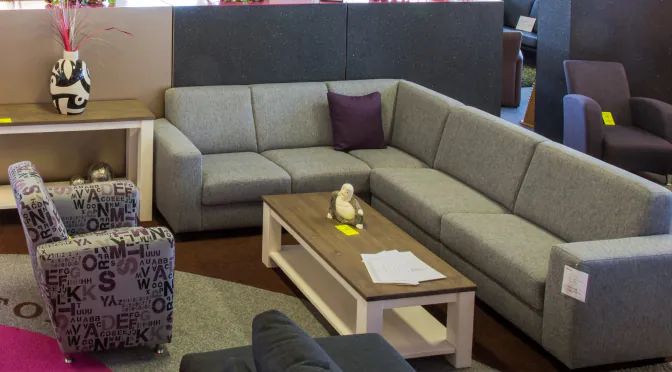The irresistible innovations in information technology have largely impacted our daily lives, industries, and global economy. Moreover, in the past few years, the retail sector , particularly the furniture industry, has been on a leading edge in order to embrace breakthrough technological innovations. Following the efficacious move from brick-and-mortar to e-commerce, the furniture industry is accommodating more digital tools that offer a higher degree of connectivity and gratifying consumer experience.
According to a recent survey, 15 percent of the $70 billion US furniture industry has moved online. Now, the big question is: how are furniture retailers fueling their online growth? Thanks to new technologies such as 3D rendering, computer vision and augmented reality (AR), the furniture industry is finally having its online moment.
Augmented Reality Brings New Life to the Furniture Industry
While the ability to browse home furnishings via online and mobile apps has added a new level of convenience to the furniture-buying process, customers can only learn about their prospective buying through 2D images and website text. Emerging technologies like augmented reality could soon enable customers to peruse furniture from any location and at any time, while still presenting them the full visual experience of a showroom setting.
In fact, augmented reality and virtual reality tools will surpass the showroom experience, allowing shoppers to visually explore how a new product will fit into their homes. Although this technology is still in the nascent stage of development, companies like IKEA, Houzz, and Wayfair have already implemented augmented reality for furniture try-out. AR is undoubtedly a game-changer and something that furniture brands need to integrate into their business in order to stay relevant and keep up with the competition.
Enhanced design experiences with 3D rendering
While AR offers a quick way to visualize a product in your home, shoppers still have to deal with the room itself and what’s in it, which includes limitations with lighting as well as capturing the right camera angle. This can be sorted with 3D rendering technology. The usage of 3D rendering in the furniture industry is growing rapidly.
Although photography was generally an effective way to capture furniture, 3D rendering not only simplifies the furniture-buying process but also saves money and time. Several designers currently make use of 3D furniture rendering to convey their intent to the client and showcase a project’s functionality, design, and utility.
Computer-vision is a game-changer for the furniture industry
Some furniture retailers offer a chance to preview products, but only within pre-installed room models. Additionally, several retailers allow shoppers to view 3D images of furniture products, but they cannot be scaled and placed in the room. Computer vision, machine learning, and photo-visualization technology, pioneered by companies like DigitalBridge, do more than just allow end-users to preview products in their rooms; these technologies also enable visual product discovery, which negates the need for metadata and surfaces similar items based on their visual affinity.
Today’s consumers are looking for multi-purpose and tech-driven furniture. When it comes to the intersection of furniture and technology, the promises for enhanced functionality and convenience are seemingly endless. With digital technology paving the way for impactful and immersive online furniture shopping experiences, the future outcomes for the furniture industry already look promising.



